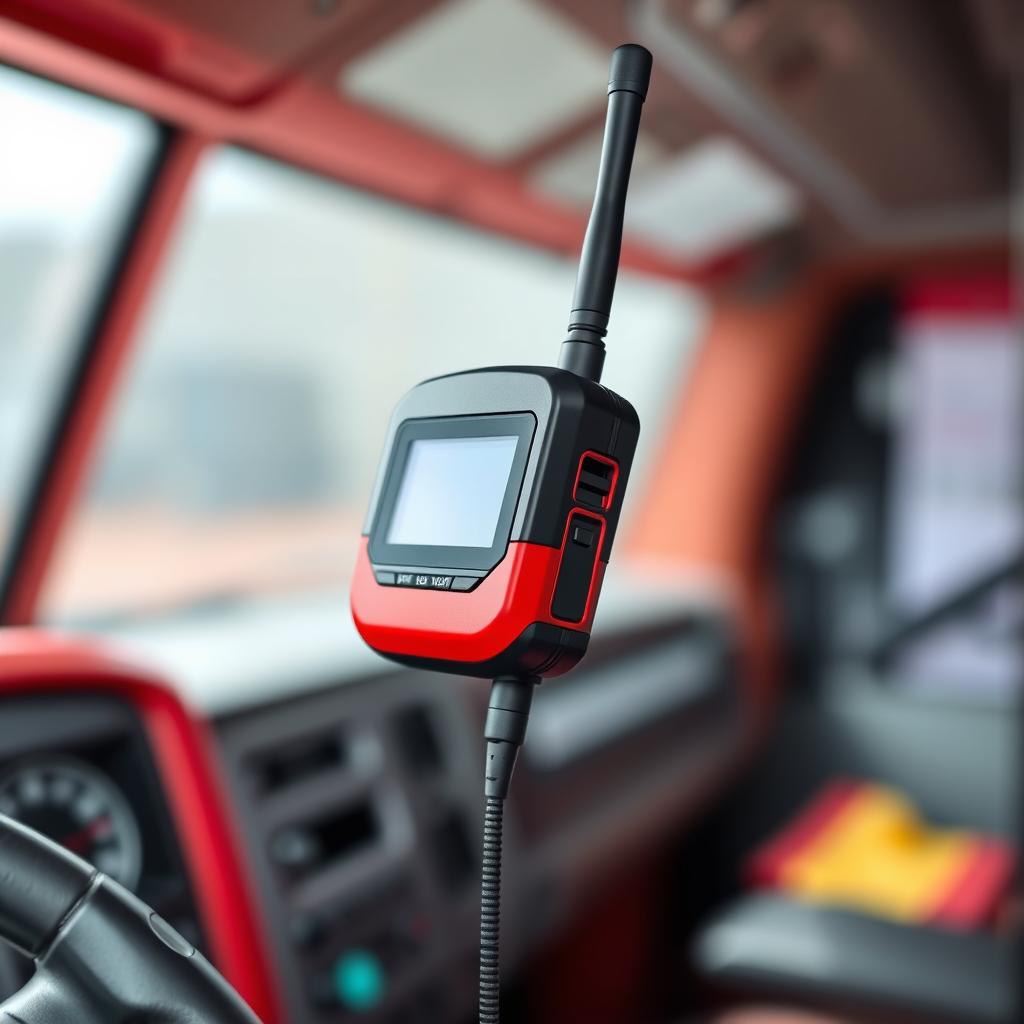6 Smart Ways to Enhance Communication in Trucking
Effective communication in trucking is more than just exchanging information; it’s about creating a smooth flow of operations, safety, and positive relationships both within the company and with customers. When your team communicates well, it can lead to increased efficiency, better morale, and enhanced customer satisfaction. So, how can we elevate communication in this fast-paced industry? Let’s dive into six smart strategies!
1. Embrace Technology for Real-Time Updates
In today’s digital age, relying solely on traditional forms of communication is a recipe for miscommunication. Embracing technology can bridge the gaps. Here’s how:
- Mobile Apps: Equip your drivers and logistics team with mobile apps specifically designed for trucking. These apps offer route optimization, real-time updates, and direct messaging capabilities.
- Fleet Management Software: Utilizing comprehensive fleet management platforms can streamline operations. These platforms enable tracking, scheduling, and effective communication between drivers and dispatchers.
- Instant Messaging Tools: Consider using platforms like Slack or Microsoft Teams for quick message exchanges. These tools facilitate instant connections and the sharing of pertinent documents and updates.
By harnessing technology, you’re not just enhancing communication—you’re also ensuring everyone is on the same page, no matter where they are.
2. Establish Clear Channels of Communication
Without defined channels of communication, chaos can easily ensue. Let’s discuss how to structure your communication effectively:
- Designate Roles: Clearly outline who is responsible for what. Create an organizational chart that highlights roles and responsibilities.
- Set Protocols: Establish protocols for how information should flow. For instance, when a driver experiences a delay, specify who they should inform and how quickly.
- Regular Check-Ins: Schedule regular check-ins with your team. This could be daily or weekly huddles where everyone can discuss updates, challenges, and successes.
With clear channels, everyone knows where to turn for information, significantly reducing confusion and misunderstandings.
3. Foster an Open Culture
A supportive and open communication culture can work wonders in the trucking industry. Here’s how to promote this culture:
- Encourage Feedback: Create an environment where team members feel comfortable sharing their thoughts and suggestions. This can lead to valuable insights!
- Be Approachable: Lead by example. Management should be approachable and open to conversations. This shows employees that their opinions matter.
- Recognize Contributions: Regularly acknowledge and celebrate contributions from your drivers and staff. A simple “thank you” goes a long way!
The more comfortable your team feels speaking up, the more information you can gather to improve operations and safety.
4. Prioritize Safety Information
In trucking, safety is non-negotiable. It’s crucial to make sure that your communication about safety is crystal clear. Here’s what you can do:
- Regular Safety Meetings: Hold regular safety meetings to discuss protocols, new regulations, and address any safety concerns.
- Instant Updates: Utilize your preferred communication tools to disseminate real-time safety alerts or changes in regulations immediately.
- Encourage Reporting: Foster a culture where drivers and staff are encouraged to report safety incidents or near misses without fear of retribution.
When everyone is on the same page with safety protocols, it leads to a safer working environment and can significantly reduce accidents and incidents.
5. Use Visual Aids for Clarity
Words can sometimes be misinterpreted. Visuals can help eliminate any ambiguity. Here are some ideas to implement:
- Infographics: Create infographics summarizing key protocols, safety measures, and routes. Visual learning aids can help reinforce messages.
- Maps and Diagrams: Use visual maps for routing or diagrams for logistical operations to clarify processes.
- Video Demonstrations: When possible, use videos to demonstrate safety procedures or equipment usage. A visual representation can be more effective than written instructions.
By integrating visual aids, you make information easily digestible, ensuring everyone receives the message clearly and accurately.
6. Continuous Training and Development
Investing in ongoing training can greatly enhance communication skills within your team. Here’s what to consider:
- Communication Workshops: Organize workshops focusing on effective communication techniques. Role-playing scenarios can be particularly helpful.
- Use Case Studies: Share real-life trucking scenarios that highlight communication mishaps and successes. Learning from these can foster growth.
- Empower Leaders: Train leaders and managers on how to communicate effectively with their teams and resolve conflicts amicably.
Encouraging continuous development will not only improve communication but also boost morale and team cohesion.
Conclusion
In summary, enhancing communication in trucking is vital for operational success, safety, and team morale. By embracing technology, establishing clear channels, fostering an open culture, prioritizing safety, using visual aids, and committing to continuous training, you can create a well-oiled communication machine within your trucking operations.
So, are you ready to take your trucking communication to the next level? Start implementing these strategies today and watch as your team becomes more connected, informed, and engaged!
If you have any questions or would like to share your own tips for enhancing communication in the trucking industry, feel free to leave a comment below. Let’s keep the conversation rolling!







